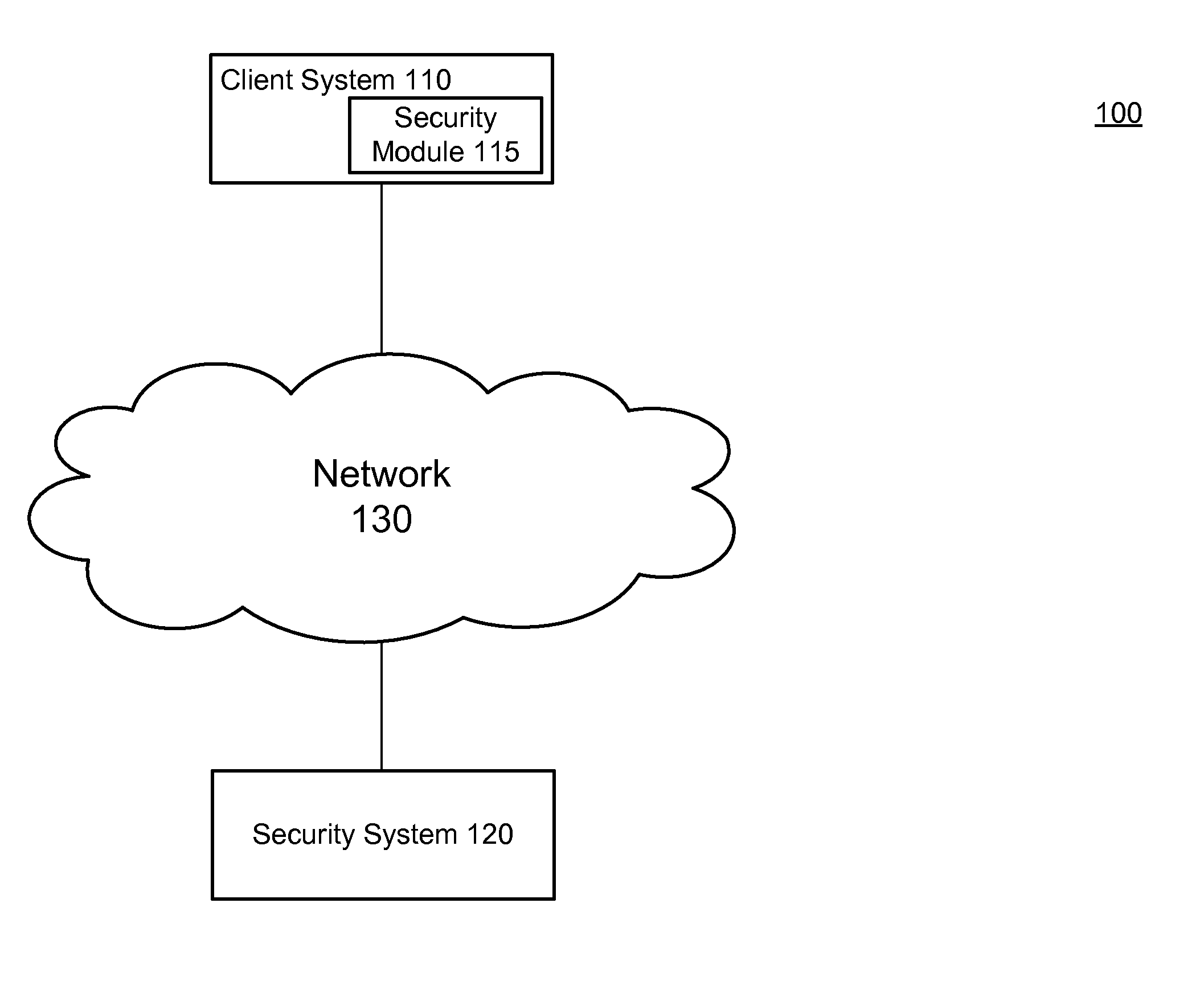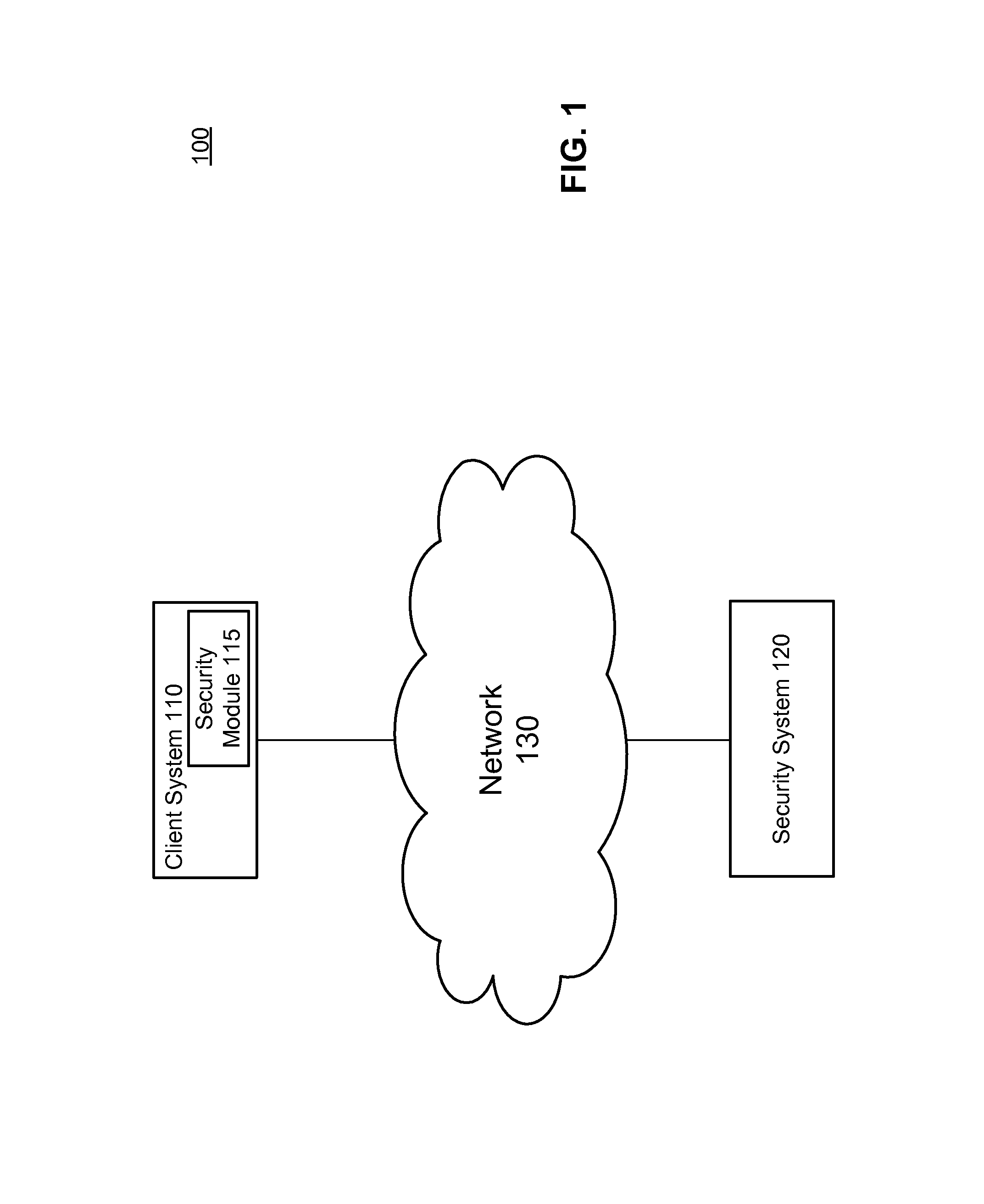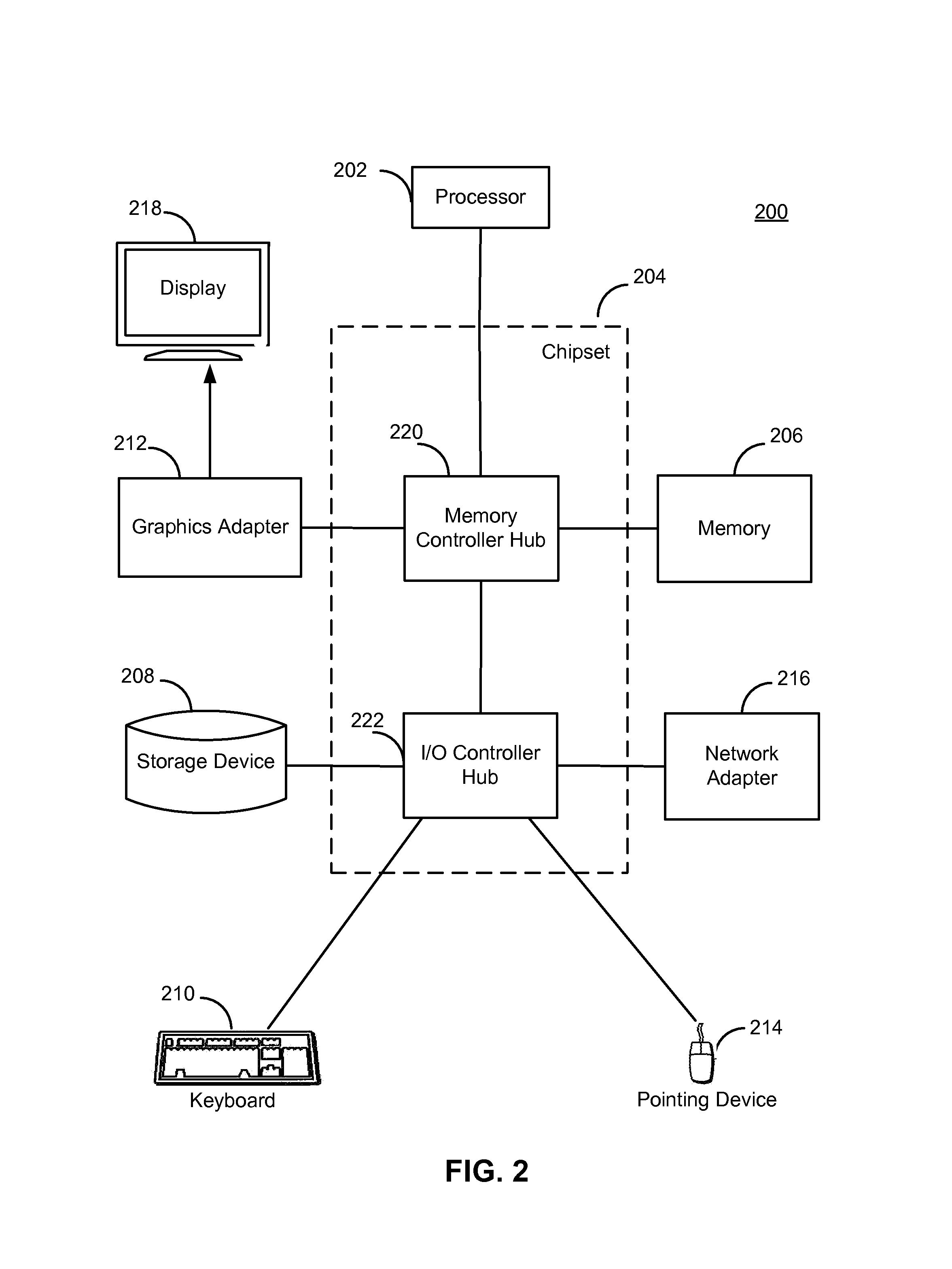Decision tree induction that is sensitive to attribute computational complexity
a computational complexity and decision tree technology, applied in the field of computer science, can solve the problems of security software that cannot be configured with signatures for detecting such malware, the inability to reliably detect signature strings, and the ineffectiveness of conventional methods for detecting malware, such as signature string scanning, and the inability to develop signature strings
- Summary
- Abstract
- Description
- Claims
- Application Information
AI Technical Summary
Problems solved by technology
Method used
Image
Examples
Embodiment Construction
[0019]The Figures (FIGS.) and the following description describe certain embodiments by way of illustration only. One skilled in the art will readily recognize from the following description that alternative embodiments of the structures and methods illustrated herein may be employed without departing from the principles described herein. Reference will now be made in detail to several embodiments, examples of which are illustrated in the accompanying figures. It is noted that wherever practicable similar or like reference numbers may be used in the figures and may indicate similar or like functionality.
System Environment
[0020]FIG. 1 is a high-level block diagram that illustrates a computing environment 100 for constructing a decision tree taking into account attribute computational complexity, and using the decision tree to detect malware, according to one embodiment of the present disclosure. As shown, the computing environment 100 includes a client system 110 and a security syste...
PUM
 Login to View More
Login to View More Abstract
Description
Claims
Application Information
 Login to View More
Login to View More - R&D
- Intellectual Property
- Life Sciences
- Materials
- Tech Scout
- Unparalleled Data Quality
- Higher Quality Content
- 60% Fewer Hallucinations
Browse by: Latest US Patents, China's latest patents, Technical Efficacy Thesaurus, Application Domain, Technology Topic, Popular Technical Reports.
© 2025 PatSnap. All rights reserved.Legal|Privacy policy|Modern Slavery Act Transparency Statement|Sitemap|About US| Contact US: help@patsnap.com



